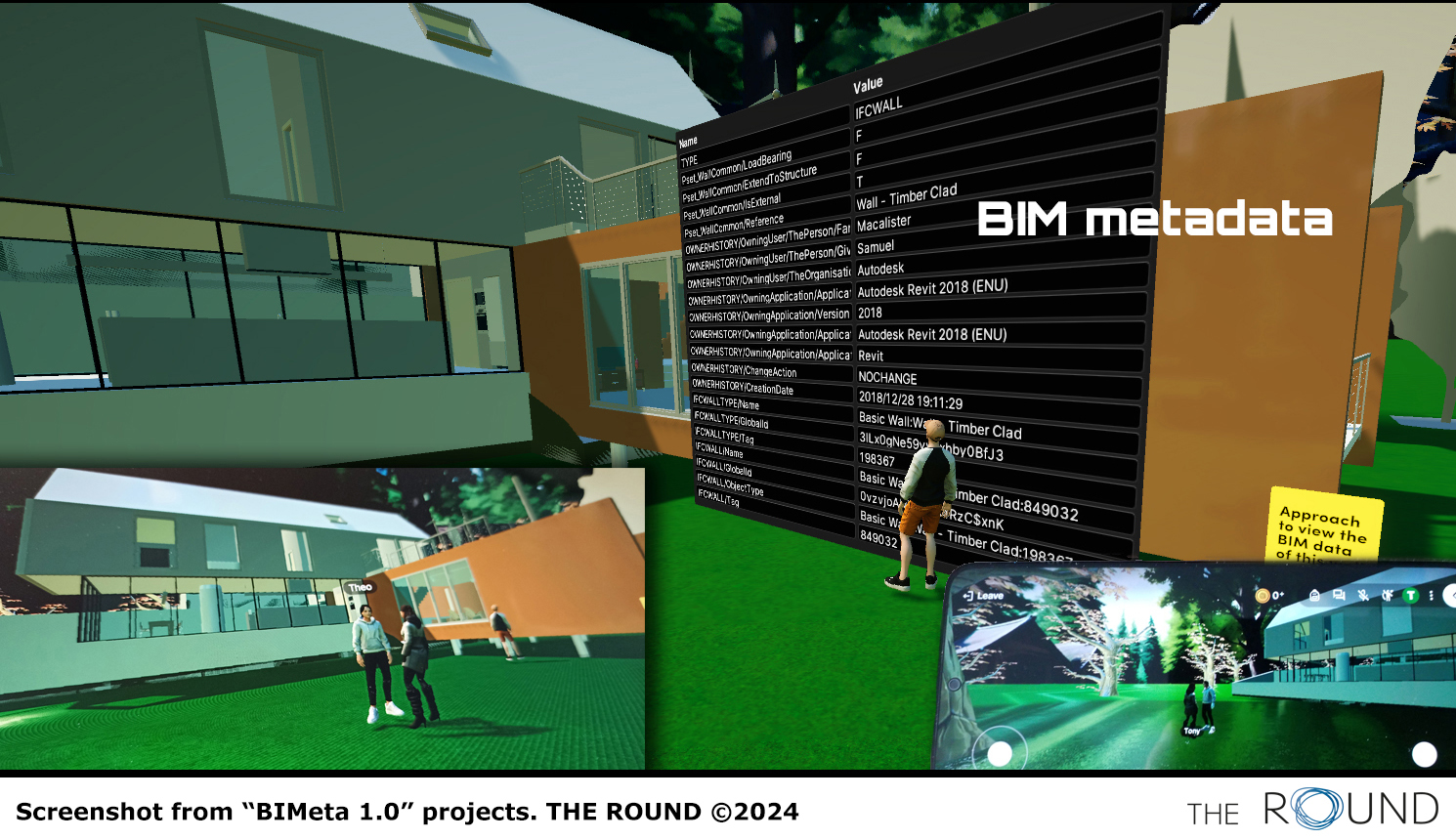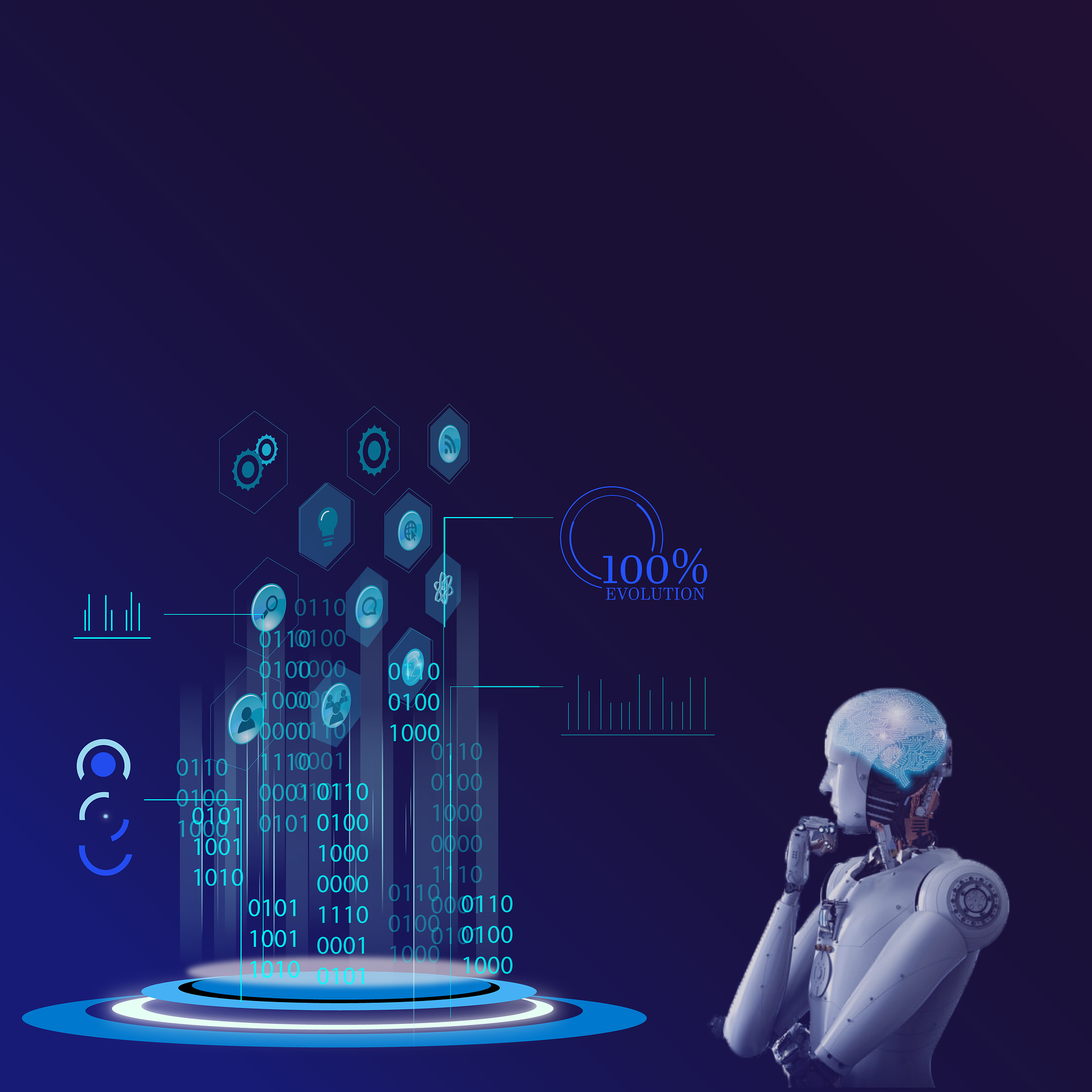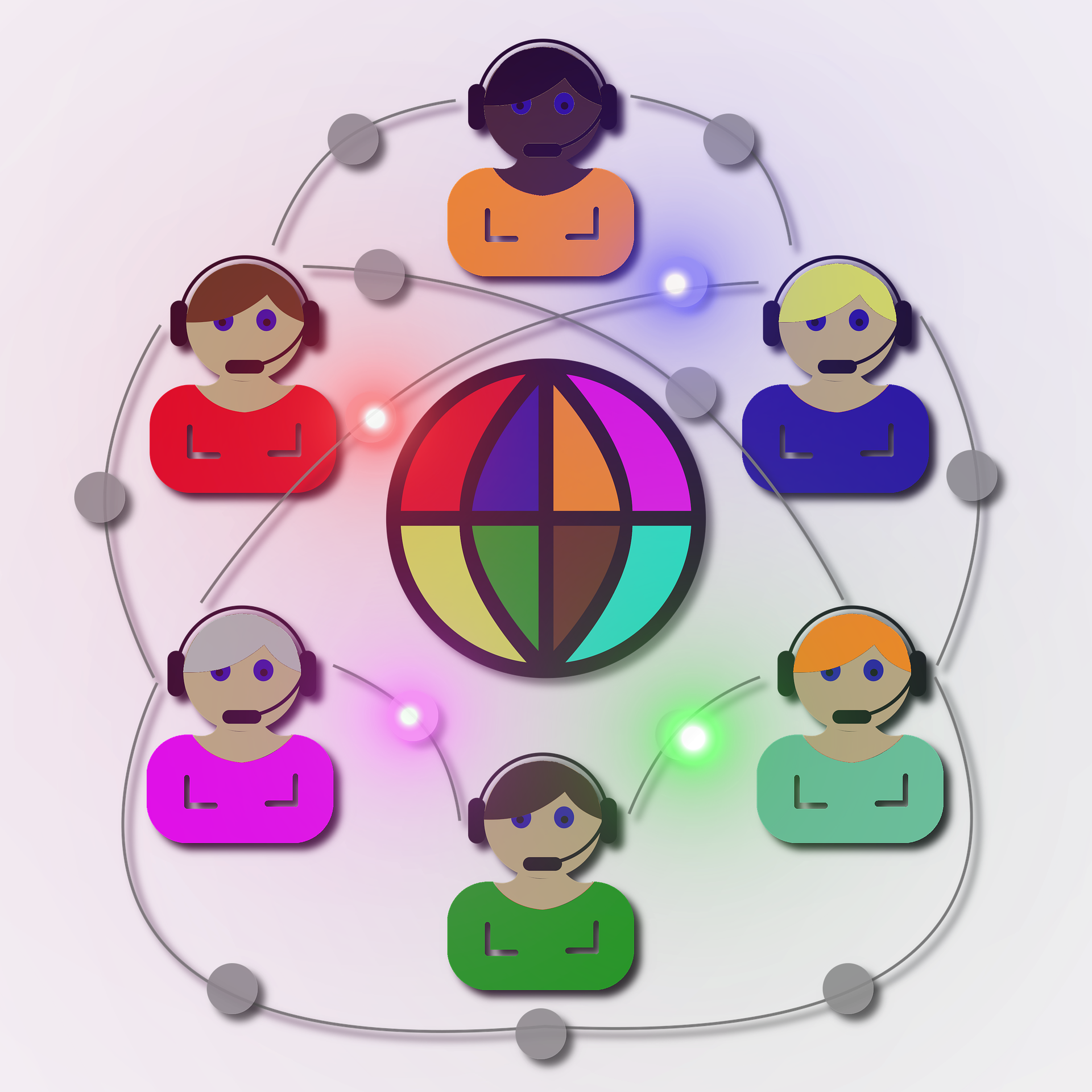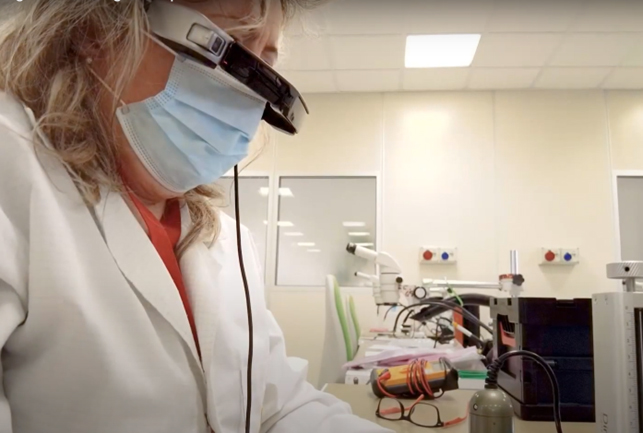LOGIN
RESEARCH & DEVELOPMENT LAB
BIMeta 1.0: Metaverse-powered BIM
 The BIMETA 1.0 project is an ongoing research and development initiative that aims to integrate Building Information Modeling (BIM) with the metaverse to enhance the construction industry. It works by leveraging immersive technologies to create a virtual shared space where BIM can be used as an essential tool for efficient stakeholder collaboration, enabling virtual 3D modeling of buildings, tracking asset conditions, and facilitating training and asset management in a safe and realistic virtual environment. The project also seeks to address the static nature of BIM by creating a “Digital twin” using the metaverse, which incorporates the Internet of Things, sensors, and algorithms to produce a dynamic model that can be updated without user input. This integration is expected to lead to quicker decision-making, reduced project timelines, enhanced project outcomes, and ultimately extend the lifespan of constructed assets.
The BIMETA 1.0 project is an ongoing research and development initiative that aims to integrate Building Information Modeling (BIM) with the metaverse to enhance the construction industry. It works by leveraging immersive technologies to create a virtual shared space where BIM can be used as an essential tool for efficient stakeholder collaboration, enabling virtual 3D modeling of buildings, tracking asset conditions, and facilitating training and asset management in a safe and realistic virtual environment. The project also seeks to address the static nature of BIM by creating a “Digital twin” using the metaverse, which incorporates the Internet of Things, sensors, and algorithms to produce a dynamic model that can be updated without user input. This integration is expected to lead to quicker decision-making, reduced project timelines, enhanced project outcomes, and ultimately extend the lifespan of constructed assets.

MLEC-1 (Machine Learning for Electronic Components)
Research & Development activity, still ongoing, for Electronic Engineering Company. This is a machine learning model for image classification of electronic components. The aim of this application is to enable the technician via his smartphone or tablet to immediately recognise the electronic components within a given circuit. The application is also compatible with smartglasses with s.o. android 8 and higher.
 FSRAD (Field Support and Remote Assistance Demo)
FSRAD (Field Support and Remote Assistance Demo)
Research & Development activity, still ongoing, for AEC Company. This application is a remote assistance system with the possibility to write – by the expert centre – in overlay some annotations in real time with the field technician who can connect using both the tablet and smartglasses. The application is within a larger project in which BIM (Building Information Model) and Augmented and Virtual Reality are integrated.

 Digital Microscope & Smartglasses for the electronics industry
Digital Microscope & Smartglasses for the electronics industry